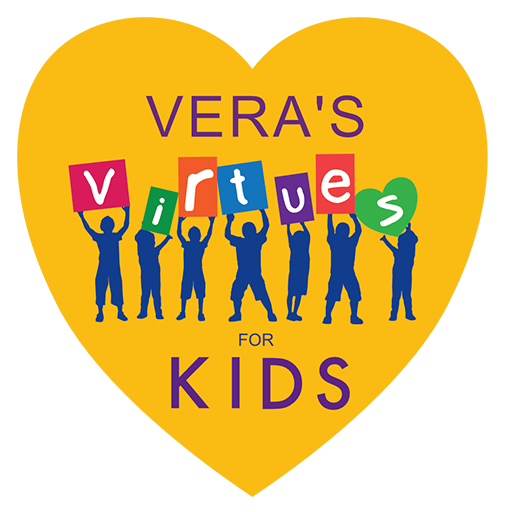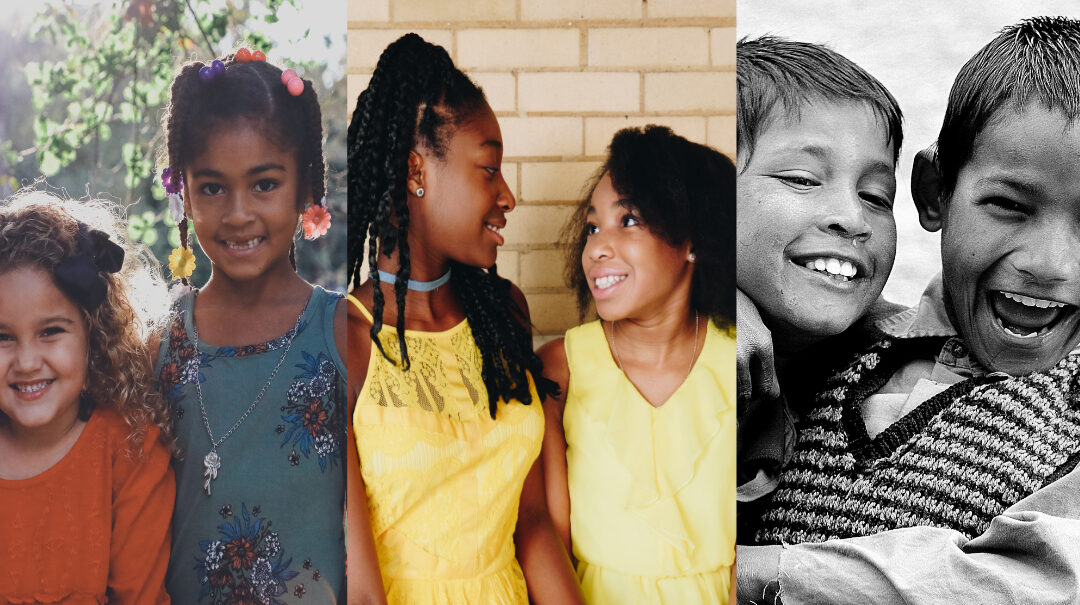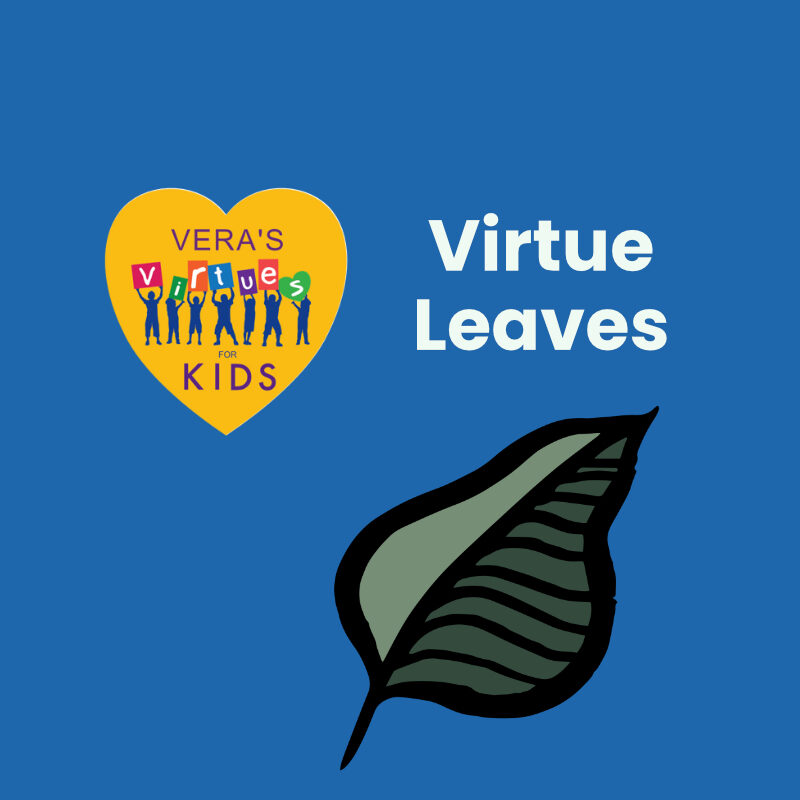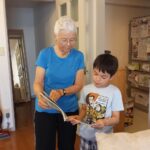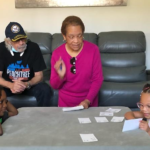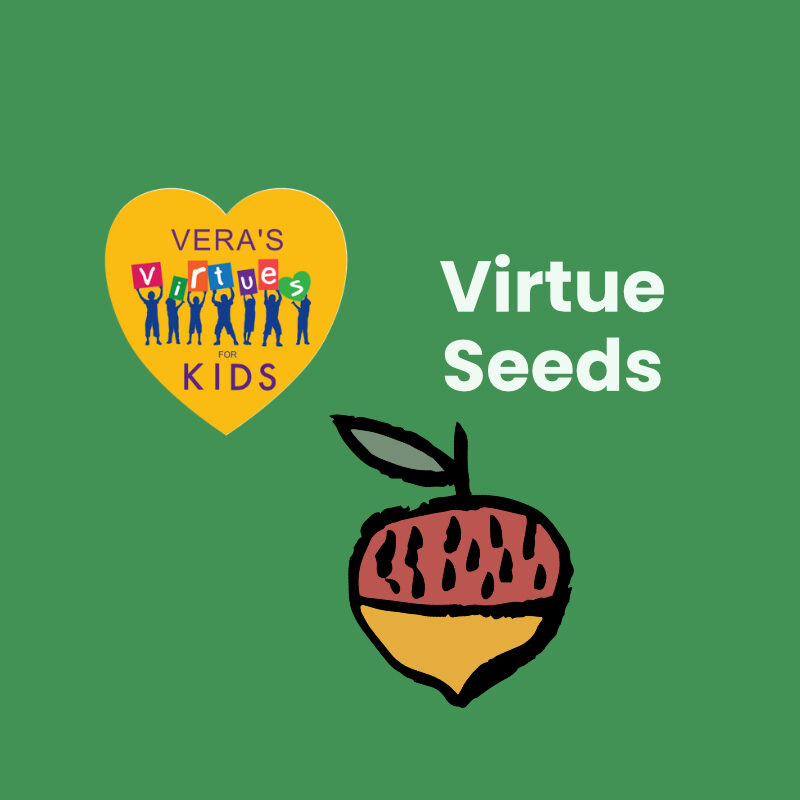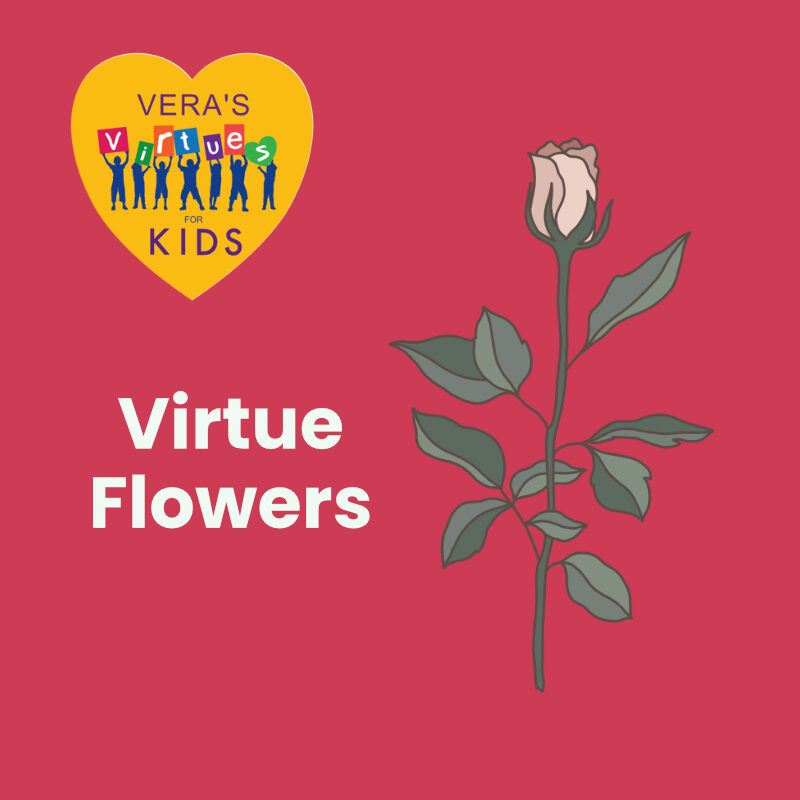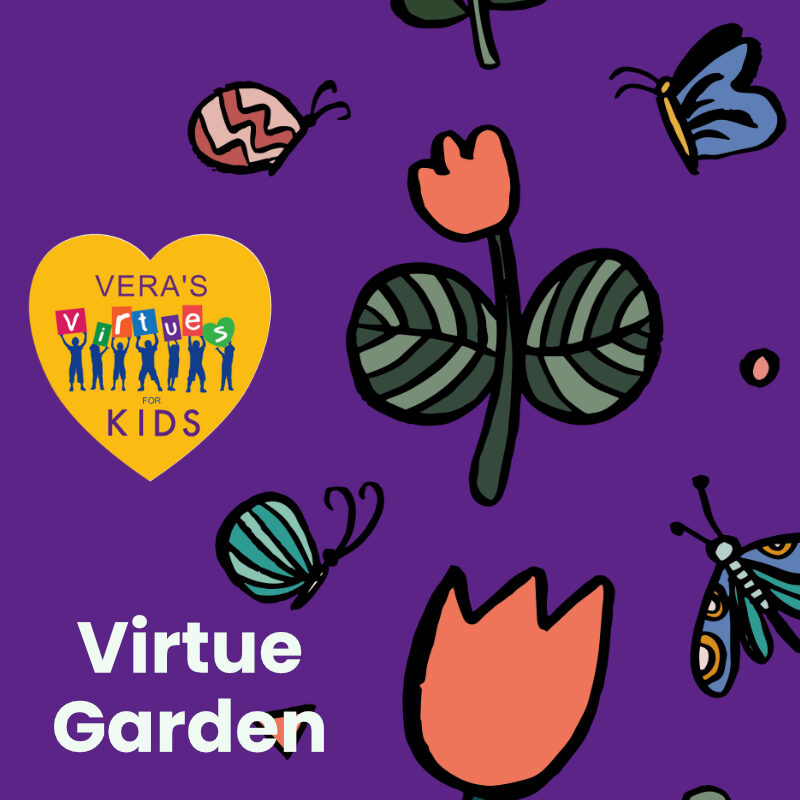Quotation:
With our thought we make the world.
(Gautama Buddha)
What does this quotation mean?
Idealism is thinking or dreaming about ways to make things you care about better. It is believing that the thoughts or actions you send out will come back to you.
Experiment with cause and effect
The cause-and-effect law (Boomerang Law) demonstrates that what goes out comes back. You need a boomerang, a yo-yo, or a party horn that rolls back to show how cause and effect works.
Put a rubber band around your finger, stretch it, and let it lightly snap back a few times. The child sees that what goes out comes back. Likewise, when a person thinks or sends out friendly thoughts and does kind things, it attracts friendliness and kindness from others. As you toss out a yo-yo, say love. As the yo-yo- returns, say love again.
Repeat the experiment with a negative example. If a person thinks about or acts afraid of getting hurt or losing something, that kind of experience will come back. Always end the experiment on positive thoughts. Emphasize the child’s creativity and ability to choose what comes into her life. (Source: Peggy Joy Jenkins, in Nurturing Spirituality in Children)
Why is idealism important?
Idealism ensures the possibility that everyone may live his life in comfort and happiness because thoughts of love build brotherhood, peace, friendship, and happiness.
Send thoughts that imagine a best friend
We have the choice to use our imagination to change something we care about. What if you move to a new school and don’t know anyone? You are afraid to speak up and say, hello, my name is ___. You believe no one is making you feel welcome. You know you are a kind, smart person. You see yourself as a good friend to someone. You use your imagination to send positive thoughts about being a best friend.
You will need a magazine, some scissors, and glue. Look for pictures that describe your ideal friend. Cut and paste them on a chart. Below are some thoughts and pictures of how best friends act. Send out your positive thoughts every day.
1 We make each other laugh.
2 We make each other feel better.
3 We tell each other how we feel.
4 We discover new things together.
5 Sometimes we share a secret.
6 Sometimes we do the same things.
7 Sometimes one of us wants to play alone.
8 Sometimes friends get angry with each other, but not for long.
9 I want more than one friend.
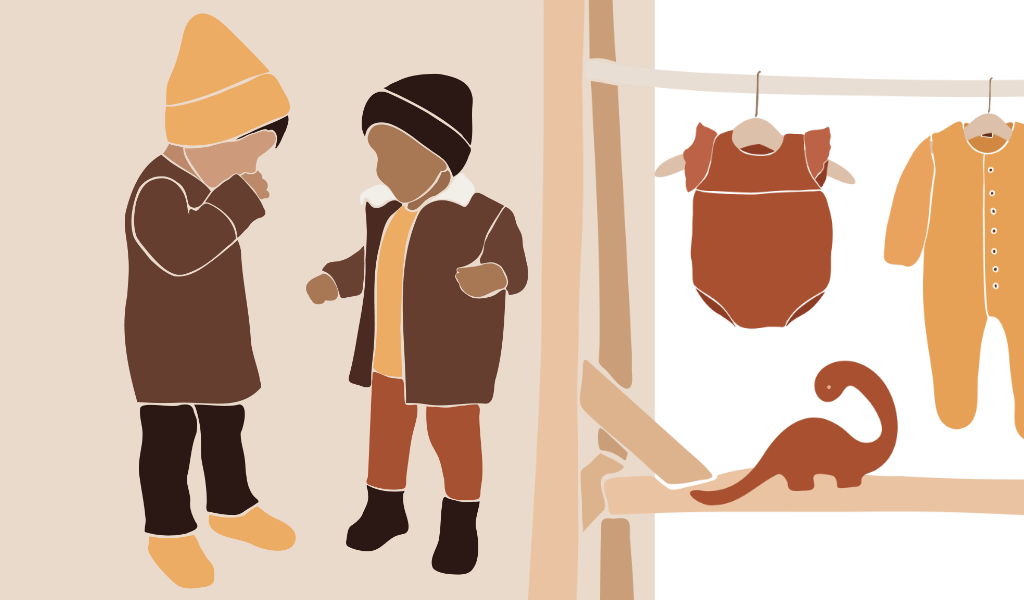
Preschoolers can learn to master critical thinking
Preschools At Kids Konnect.com learn to master critical thinking. Critical thinking involves seeing something and forming opinions or thoughts about it. Children learn to see the link between concepts and ideas. Three examples follow:
1 Play a game called Guess the Toy Behind Your Back. Hold a toy behind your back. Give the children clues about the color, size and texture of the toy. Once they get the idea, swap roles. This helps children make guesses based on what they know or prior knowledge.
2 Help children make a healthy snack such as a cucumber sandwich, avocado dip, fruit kebabs, or a brain smart smoothie. Then ask their opinion or what they think about the taste. Children are happy to say what they think.
3 Look through a family photographic album to learn family names, kinship, make connections, and ask questions.
Resources
Make an origami to represent friendship
This activity is fun and creative. Children go on an imaginary ocean trip. Before making the friendship sailboat, talk about virtues they will need on the trip. The Instruction page mentions at least eight. Four of them are– friendliness, openness, kindness, and tolerance. Two of the remaining four are r _ _ _ _ _ _ and _ _ v _.
Nurturing Your Child’s Creativity by Dr. Laura Markham
This article shows how life is bound by what we can envision or imagine. The virtue of creativity is within us. It must be nurtured in order to reveal itself. The author explains 9 ways to develop a child’s creativity including toddlers. It is a wonderful way to replace “boredom” and TV with nurturing creativity.
Teach 5 Mindfulness Activities to children:
Mindfulness includes breathing, a bedtime ritual, taking a walk, eating a snack, and meditating together.
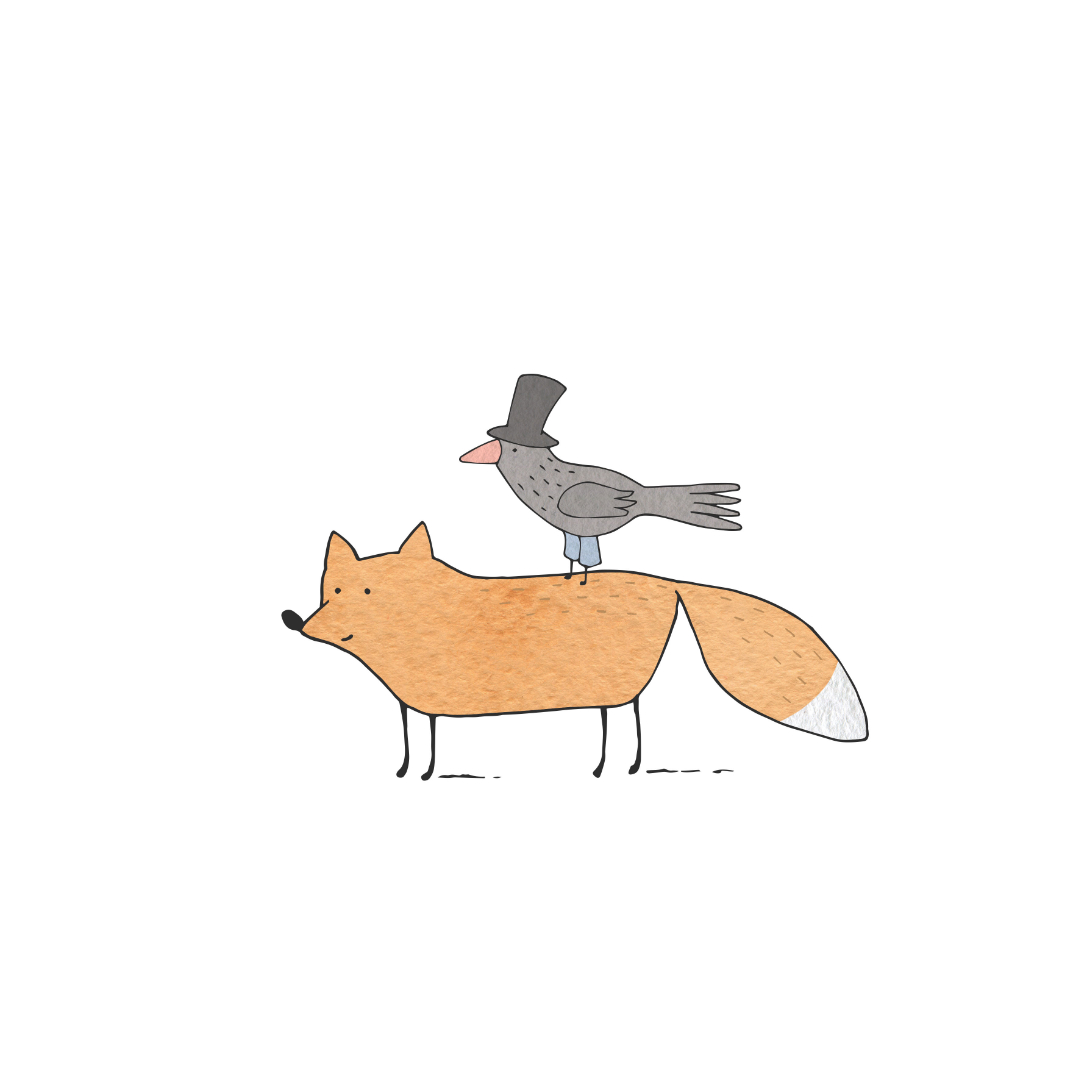
Affirmation
I care about fairness. I dream of a world free of prejudice.
Please consider taking a few moments daily to join your learner in practicing the affirmation in a mirror. Remember children model what they see; and we become our thoughts.
Bonus-
Additional knowledge about thoughts
What is thought? Thinking.
Example
The eye sends its perception (opinion) of a flower to the imagination.
The imagination sends the picture of the flower to the power of thought (brain). It goes from the brain to the power of comprehension. Then it is deposited into the memory.
How does thinking work? People have two different powers.

1. Outer Powers
People see hear, smell, taste and feel outward or material things.

2. Inner (spiritual) powers
A common faculty exists in both the outer and inner powers. It sends pictures to the imagination. Once perceived it comes a thought. When it is understood it becomes comprehension. Afterwards it is deposited and stored in memory.

The Essential Virtues Unit includes a selection of resources from the Young Learner and the Top 20 Friendship Virtues.
Goal: To help child caregivers to teach children that what’s best for everyone is also what’s good for each of us.
About: Having access to minimal resources to cultivate virtues.
Benefit: A powerful new way to release the immeasurable potential of the child’s mind, body, and spirit.
I am a Loving Person: The Ultimate Kid’s Guide to Make the World a Better Place Hard Cover Book!
An illustrated 36 page book (11 x 8.5) by Vera Taylor and The Parent-Teacher Activity guide booklet.
The guide booklet follows exactly the word order of the book and describes in writing 3 actions to perform that will teach each word–
1. It states the meaning of the word,
2. It states why the word is important, and
3. It describes an activity to involve the child in the meaning of the word they have already affirmed in the hard copy of I am a Loving Person Book.


About the Author
Vera Smoot Taylor teaches child caregivers how to foster child well-being. Well-being is developed by early positive experiences and leads to normal brain development. Also, well-being is linked to happiness. Happiness is recognizable by high self-esteem, respect for all, follow through, love of learning, problem solving, and giving back. To supplement her teaching, Vera created a few basic resources that support brain development in three areas:
1. Spiritual and intellectual learning
2. Mental and emotional health
3. Relations and social behaviors
Vera’s work experience spans more than 35 years in public schools, private industry, and medical education. She served as a volunteer faculty for The Parent University in Atlanta. She currently serves on a national committee developing a course on spiritual parenting for racial justice.
Born and raised in WV, Vera lives in Georgia with her husband of 58 years. She enjoys country music, line dancing, and preparing meals that heal body illnesses. A special day is ‘back-porch swinging” with a friend.
